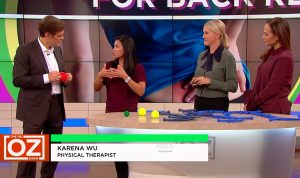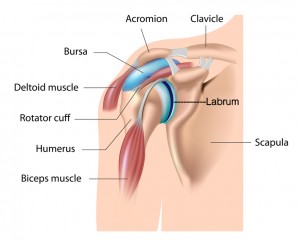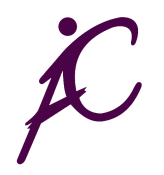 ActiveCare Physical Therapy, PC
ActiveCare Physical Therapy, PC
29 West 38th Street
Suite 601
New York, NY 10018

* We Accept Medicare | No Fault | Workers Comp *
Torn Shoulder Pain
Suffering from Torn Shoulder Pain?
A torn shoulder or torn labrum is a problem in the shoulder that may cause shoulder pain, frequent dislocations of your shoulder, or problems with properly using your arm. Physical therapy can help you decrease pain, improve mobility and regain normal use of your arm after a torn shoulder.
What Exactly is a Labrum?
Your shoulder is a ball and socket joint. The ball is at the end of your arm bone, and it sits in the socket located at the end of your shoulder blade. The ball is much bigger than the socket which allows you to move your arms in many directions. The ball can easily slip out of the socket, causing shoulder pain and decreased mobility. Because of this, the shoulder is considered a very unstable joint. The labrum is a band of cartilage that courses around the edge of the socket in your shoulder, adding depth to the socket of your shoulder joint.
Visualize your shoulder as a golf ball on a tee: The ball is bigger than the tee and can easily roll off. If the edge of the tee where ball sits has a small band of tissue around it, the tee would be deeper, and the ball would be less likely to roll off. The labrum makes your shoulder socket deeper to help keep the ball in the joint.
Torn Shoulder Injuries
Sports injuries or falling onto an outstretched hand or onto the side of your shoulder can cause injury to the labrum in your shoulder. Your labrum can also be injured from:
- Repetitive overhead motions (like throwing)
- Car accidents
- Repetitive lifting of heavy items
- Forceful hit to your shoulder
Symptoms and Diagnosis of a Torn Shoulder
Common signs and symptoms of a shoulder tear include:
- Sharp pain in your shoulder
- A catching sensation in your shoulder
- Difficulty lifting your shoulder
- A feeling that your shoulder is coming out of joint
If you suspect that you have a torn labrum in your shoulder, you should see a physical therapist right away to get proper treatment. Your doctor or physical therapist will perform shoulder special tests to determine if your shoulder labrum is torn. An x-ray may be needed to rule out broken bones due to an injury. An MRI of your shoulder may be taken to visualize the inside of your shoulder to determine if you have one of the common types labrum tears:
- Bankart Tear
- SLAP Tear
- Posterior labrum tear
Physical Therapy for a Torn Shoulder
A torn shoulder is very painful, and your physical therapist may provide you with heat or ice treatments or electrical stimulation may be used to help decrease your shoulder pain. Exercises to improve strength and stability around your shoulder are an essential part of your rehabilitation.
After a labrum tear in your shoulder, you should expect to return to normal activity in about six to eight weeks. For patients not making progress with physical therapy, more aggressive treatments like shoulder surgery may be needed.
A shoulder labrum tear can be a painful injury that can cause your arm to feel weak and unstable. Physical therapy can help to increase the strength and mobility in your shoulder. Contact us today to schedule an appointment with the best physical therapist in NYC.
